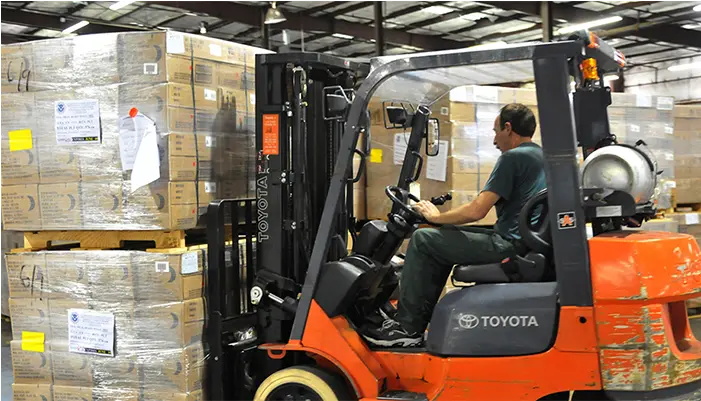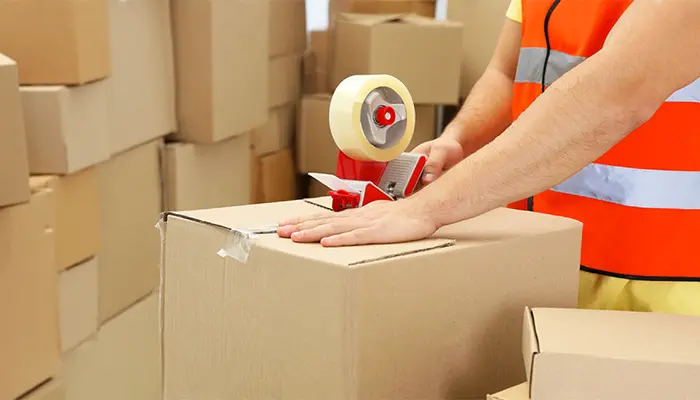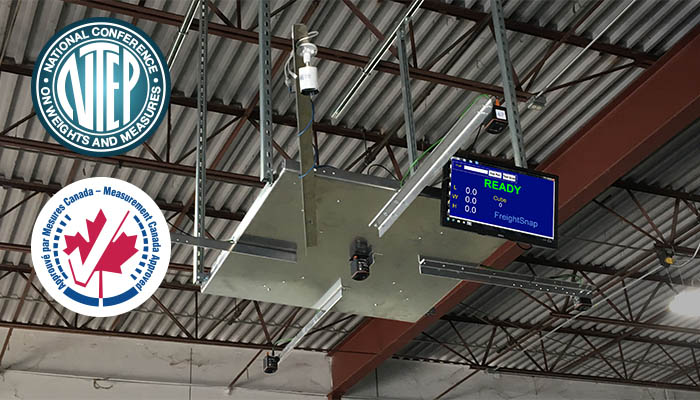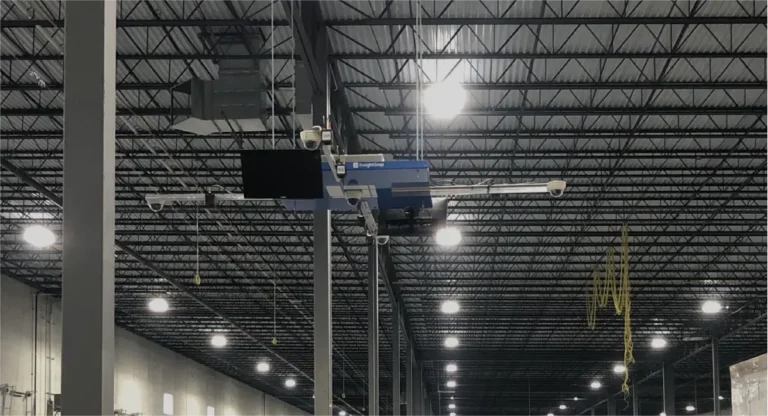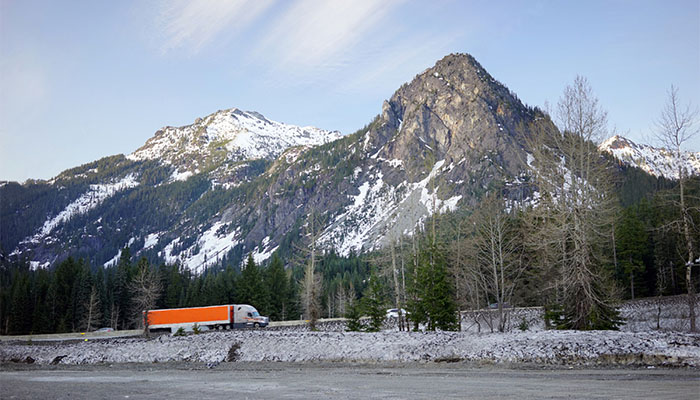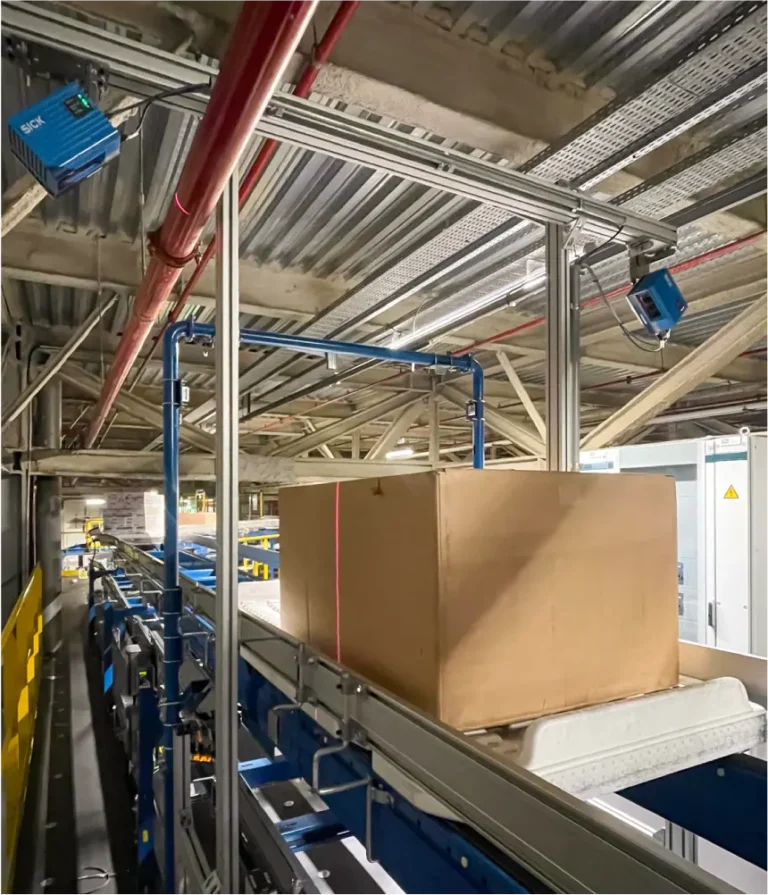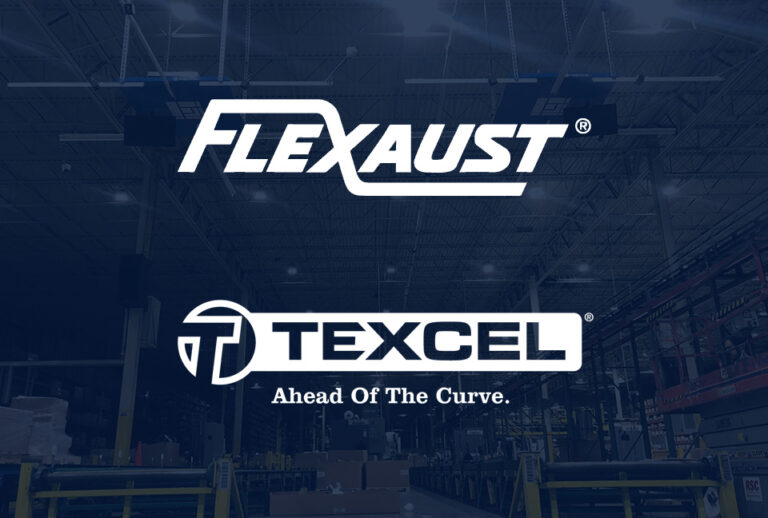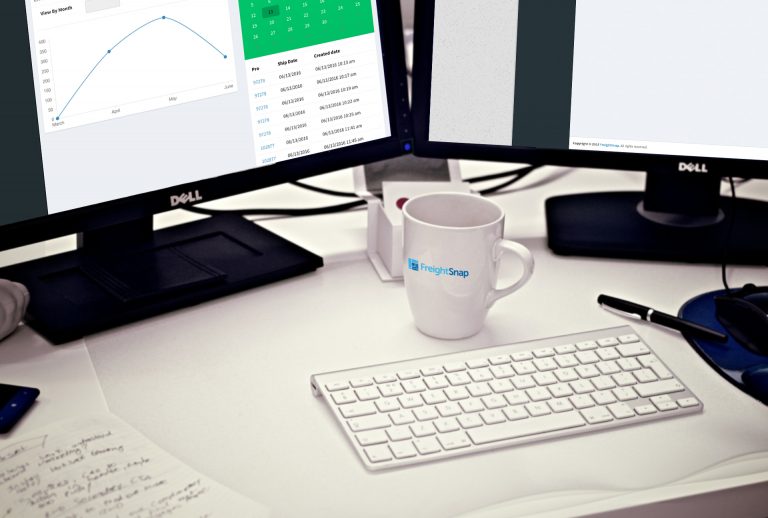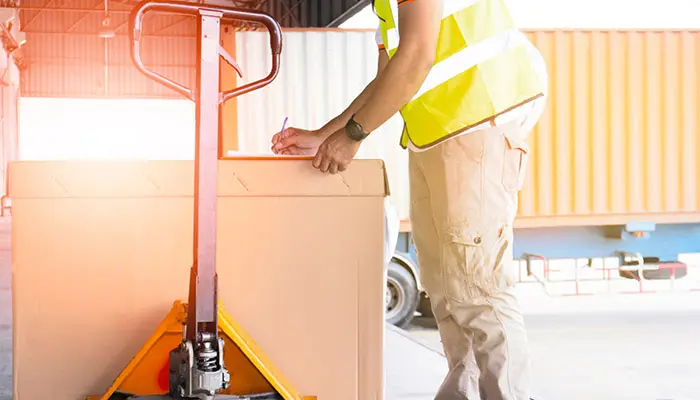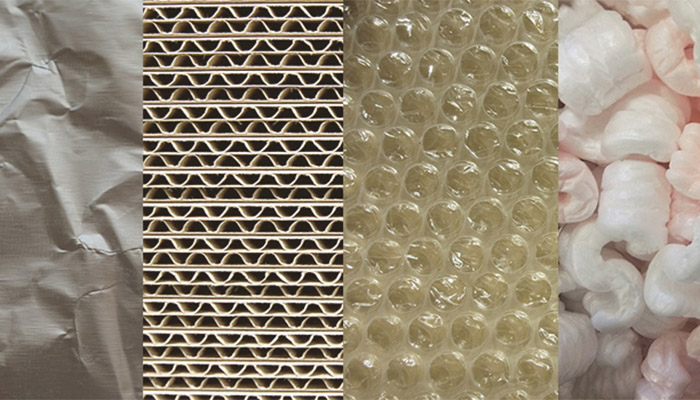How you implement a dimensioning program can determine the level of efficiency your program ultimately achieves. Over the years, we’ve seen dozens of companies invest in dimensioning technologies, and truth be told, some have been more successful than others. Why? Most of it can be boiled down to three simple, but crucial things each of these companies did before they ever even turned their dimensioners on.
Effective Process Design
Ever heard the saying, “a failure to plan is a plan to fail?” The same applies to dimensioning. Companies that get the most from their dimensioning systems have all put serious thought into the way their new units will fit in with their operations. They’ve identified where the dimensioner will be installed, who’s going to use it, when it’s going to be used most, and how it will be triggered. All this information helps companies design a process that incorporates their new technology effectively.
Integrated Systems & a Plan for the Data
If you’re new to automated dimensioning, you may think of dimensioners as fancy machines that let you quickly and accurately measure freight. And while that’s certainly true, they can actually do a whole lot more – if you’re ready to take advantage.
For instance, did you know that dimensioners also take photos of your shipments – photos that can be used to show the condition of your freight when it was dimensioned? Did you also know that the measurements and photos collected by your dimensioner can be integrated with your TMS, WMS or ERP systems? It’s true, and companies are already using this data in a variety of impactful ways.
We’ve seen forwarders and carriers use their data to create freight profiles for each of their clients, which helps them develop accurate costing information and identify their most profitable customers. Likewise, shippers are building detailed profiles of their own freight and using the information to negotiate lower rates with carriers. Distributors are feeding dimensional data into their WMS systems to improve slotting efficiency in their warehouses – and that’s just the tip of the iceberg. Before you invest in dimensioning equipment of your own, create a solid business case for your dimensioner and work with your equipment provider to execute an integration strategy that lets you capitalize on all the valuable data you’re collecting.
A Prepared Workforce
Communication is key, especially when introducing a new process into your workflow. Companies that share their plans for the new equipment and spend time educating their employees on how the dimensioning system will work almost always experience a smoother rollout and less pushback from staff than companies who neglect to inform their employees of upcoming changes. We can always tell which teams have been briefed on the dimensioner before we arrive as they’re more enthusiastic and receptive to training when we get there.
For more articles like this, subscribe to our newsletter!
Was this article helpful?
Michael Eichenberg is the co-founder and CEO of FreightSnap, allowing the supply chain, logistics, manufacturing, distribution and transportation industries to measure, weigh, photograph and ID pallets and parcels in just seconds. Learn more and share your ideas on Facebook and LinkedIn.

